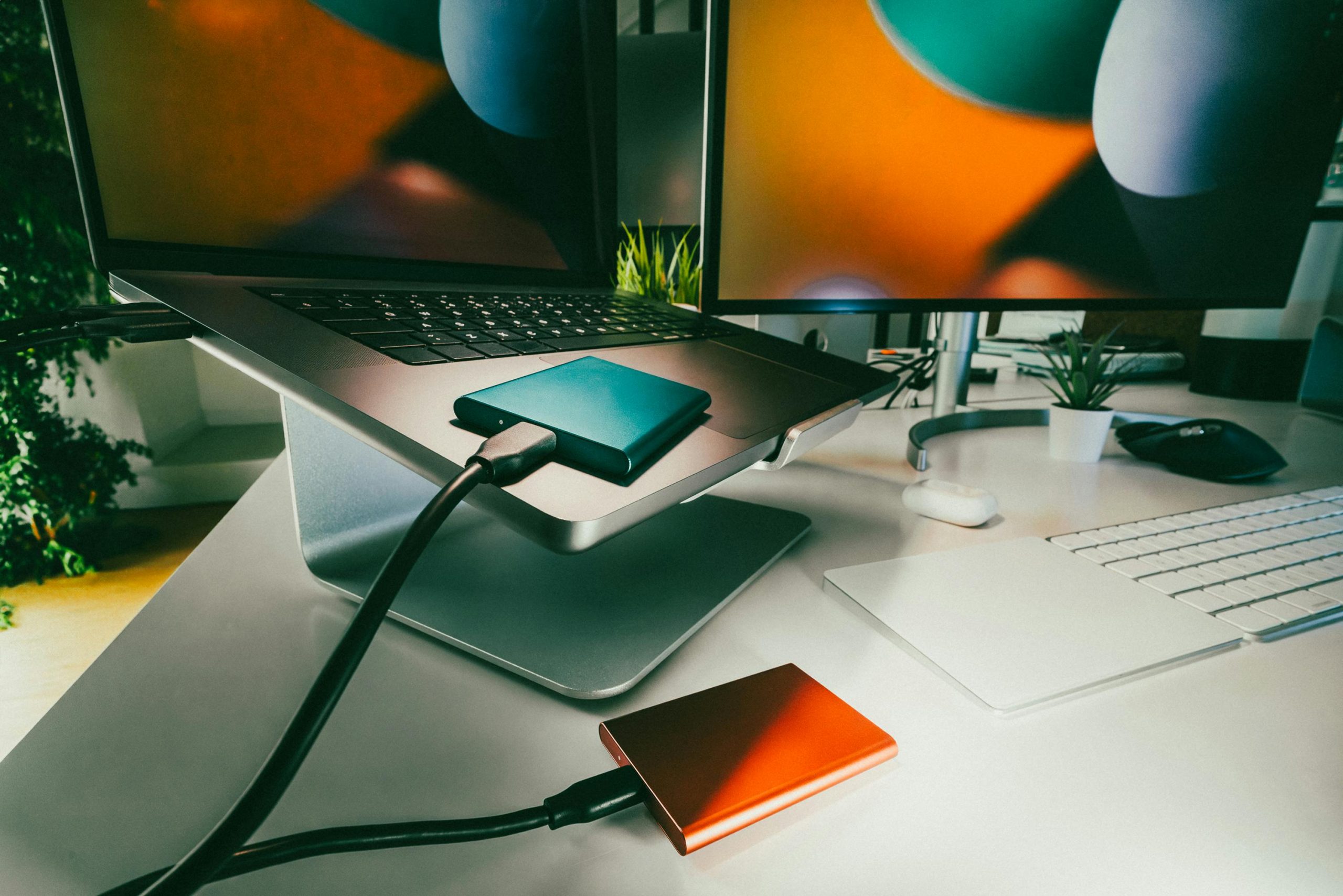Preparing Your New Laptop: How to Clone the SSD to a Larger Drive Before First Boot
When setting up a new laptop, many enthusiasts and professionals prefer to pre-configure their storage to ensure a seamless transition during initial use. One common approach involves cloning the original SSD to a larger, more spacious drive prior to the first boot. This method allows you to transfer all data, operating system components, and configurations, giving you a ready-to-use system immediately after installing the new disk.
Why Clone an SSD Before First Boot?
Cloning your SSD before powering on the laptop offers several advantages:
– Time Savings: Preloading data and OS onto the new disk reduces setup time.
– Data Integrity: Ensures all files, applications, and system settings are transferred accurately.
– Ease of Deployment: Facilitates quick deployment in multiple devices or for backup purposes.
Step-by-Step Guide to Cloning Your Laptop’s SSD
- Prepare Your Hardware and Software
- Ensure you have a reliable external docking station or USB-to-SATA adapter to connect the target larger drive to your PC.
-
Obtain a reputable disk cloning software. Popular options include:
- Macrium Reflect Free
- Clonezilla (Open source)
- EaseUS Todo Backup
- Acronis True Image
-
Verify Compatibility
- Confirm that the cloning software supports your SSD and the larger destination disk.
-
Check that the new drive has sufficient capacity to hold the entire used data from the original SSD.
-
Connect the New Drive
- Connect the larger disk to your computer via the external interface.
-
Initialize and partition the drive if necessary, ensuring it’s properly formatted and ready for cloning.
-
Clone the Drive
- Launch your chosen cloning software.
- Select the original SSD as the source, and the larger disk as the destination.
- Review settings—most software will automatically clone all partitions, including system and recovery partitions.
-
Proceed with the cloning process, which may take some time depending on data size.
-
Check Cloning Settings
- Choose options to resize partitions if needed, especially if the new drive is significantly larger.
- Make sure that the OS partition is marked as active/bootable.
-
Verify that the cloning process includes all necessary system files.
-
Install the Larger Drive into Your Laptop
- Once cloning is complete
Share this content:



